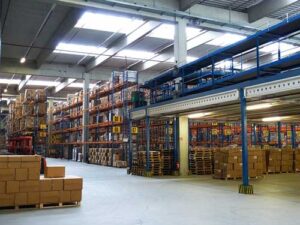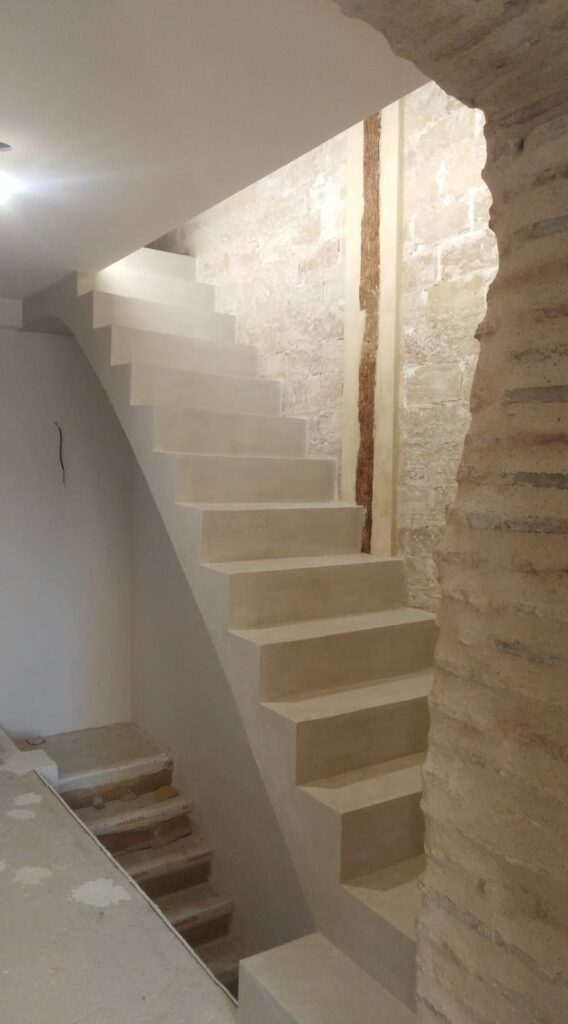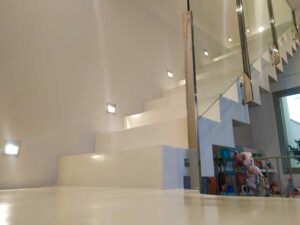
Polyurethane cement in industrial floors
Polyurethane Cement Polyurethane cement in industrial floors Polyurethane cement flooring represents one of the most advanced solutions in the field of industrial and technical coatings.
Before discussing the price of a microcement renovation, it’s essential to explore the available alternatives. For walls, the most common options are paint, tiles, and, of course, microcement. Paint stands out for its low cost but isn’t resistant to humidity or suitable for deep cleaning. Tiles, on the other hand, resolve the humidity issue, but their joints tend to accumulate dirt over time.
For floors, besides tiles and porcelain options, parquet is another popular choice. While parquet adds warmth, it doesn’t provide the seamless continuity offered by microcement, and tiles have the downside of visible joints.

What Is the Cost of Microcement?
Microcement is a versatile and innovative option, but is it truly economical? The answer depends on several factors, with the condition of the substrate being one of the most critical variables.
These preliminary treatments can increase the total cost of microcement by 15% to 20%.
Area to Be Covered: Larger surfaces naturally lead to higher total costs. However, the price per square meter remains relatively stable, ranging between €60 and €80 in Spain for standard finishes. This price typically applies to walls, floors, or ceilings, though the amount of flat surface can impact the required effort and, consequently, the cost.
Type of Finish: Premium finishes like oxidized, stone, or concrete effects require additional time and specific materials, increasing their price. In some regions of Spain, these finishes can range between €100 and €150 per square meter.
While microcement might initially seem more expensive than other options, its long-term benefits make it a smart choice. Its durability, resistance to humidity, easy maintenance, and ability to create continuous and aesthetic surfaces place it among the top choices for architects and interior designers.
To learn more about microcement and its possibilities, visit our website at Lunik. Discover how to transform your spaces with a modern and high-quality solution.

Polyurethane Cement Polyurethane cement in industrial floors Polyurethane cement flooring represents one of the most advanced solutions in the field of industrial and technical coatings.

Microcement vs. Tiles: The Battle of the Coverings! Renovations with Microcement MICROCEMENT and TILES – When it comes to floor and wall coverings, tiles have
Frequently Asked Questions about Microcement Everything You Need to Know Microcement is a versatile and modern cladding material that has gained popularity in the world